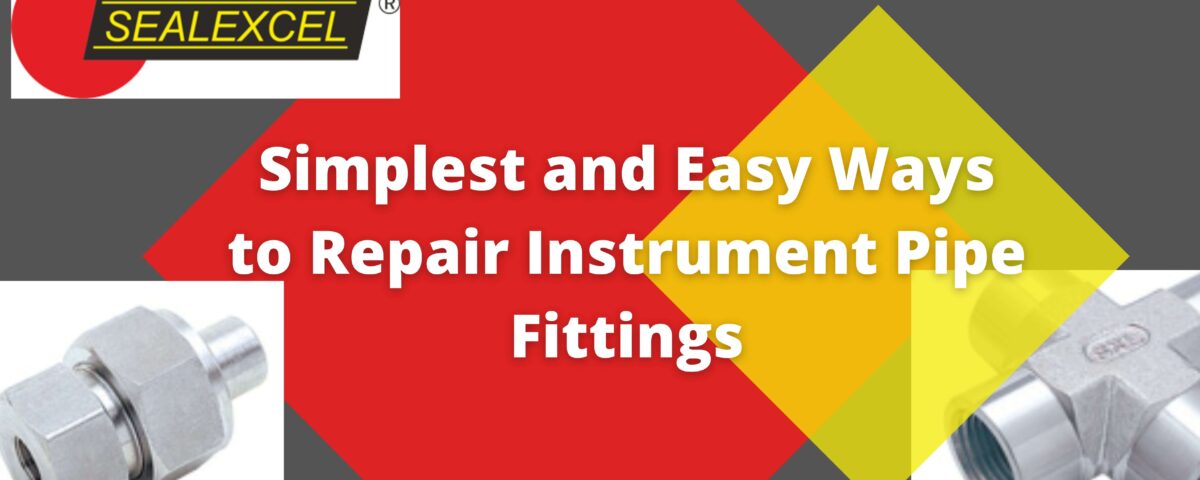
Types of Stainless Steel Tube Fittings and How to Choose Them On basis Grades
August 3, 2022If instrument valves and fittings break, water can leak out, or the sink might not work. Here are five ways to fix instrument pipe fittings to get your sink back up and running. Instrument pipe fittings are usually white or cream, and they are joined together with couplings and solvent cement, which melts the top layer of the pipes and sticks them together.
How to repair instrument valves and fittings
Here are five ways to repair instrument valves and fittings,
Fibre Glass Resin Tape or Cloth
Fibreglass resin tape can stop the damage if you want to repair an instrument pipe fitting. The fibreglass tape is easy to fix because it has a resin that hardens around the pipe when it comes in contact with water. This slows the leak. Before you put the tape on the broken part of the instrument pipe fitting, clean it with a damp rag. Let the resin dry for 15 minutes.
Use fibreglass resin cloth to make a repair that will last longer. In the same way, as with resin tape, clean the area around the leak or damage and lightly sand the surface to make it stickier. The damaged area can then be covered with the resin cloth. To start curing the resin, shine a UV light directly on the pipe or take the section of pipe outside into direct sunlight.
Epoxy
Repair Epoxy is a thick liquid or putty used to fix leaks, instrument pipe fitting, and joints. To use epoxy to fix a pipe or joint, you must first clean and dry the damaged area and make sure water can’t get to it.
If you need to, mix the putty or liquid according to the directions from the manufacturer. Then, put on the epoxy and wait ten minutes for it to set. After the pipe has cured, run water through it and look for leaks.
Rubber and Silicone Repair Tape
If you have a small leak, you can fix it quickly with rubber and silicone repair tape. Rubber and silicone tape comes in rolls that can be wrapped directly around the instrument pipe fitting, just like fibreglass resin tape. But the repair tape doesn’t stick to the pipe. Instead, it sticks to itself.
To fix the damage, wrap the tape around the leak and a little bit to the left and right. The tape stops the leak by applying pressure, so ensure the wrap is tight and secure before using the pipes again.
Rubber Tape and Hose Clamps
Like the rubber and silicone repair tape, this method for fixing small leaks in instrument pipe fitting uses compression. Wrap rubber around the damage, then remove the hose clamps and put them around the injury. Tighten the clamps to stop or slow the leak. This fix should only be used briefly because the rubber tape and hose clamps will stop working as the leak worsens.
Replacement
Sometimes an instrument’s pipe fitting is too broken to be fixed quickly. If this is the case, you will need new instrument valves and fittings to replace the damaged section. Make sure the water is turned off to the pipe before you try to change it. You can turn off the water at the main water supply or use a local shutoff switch near the tube.



